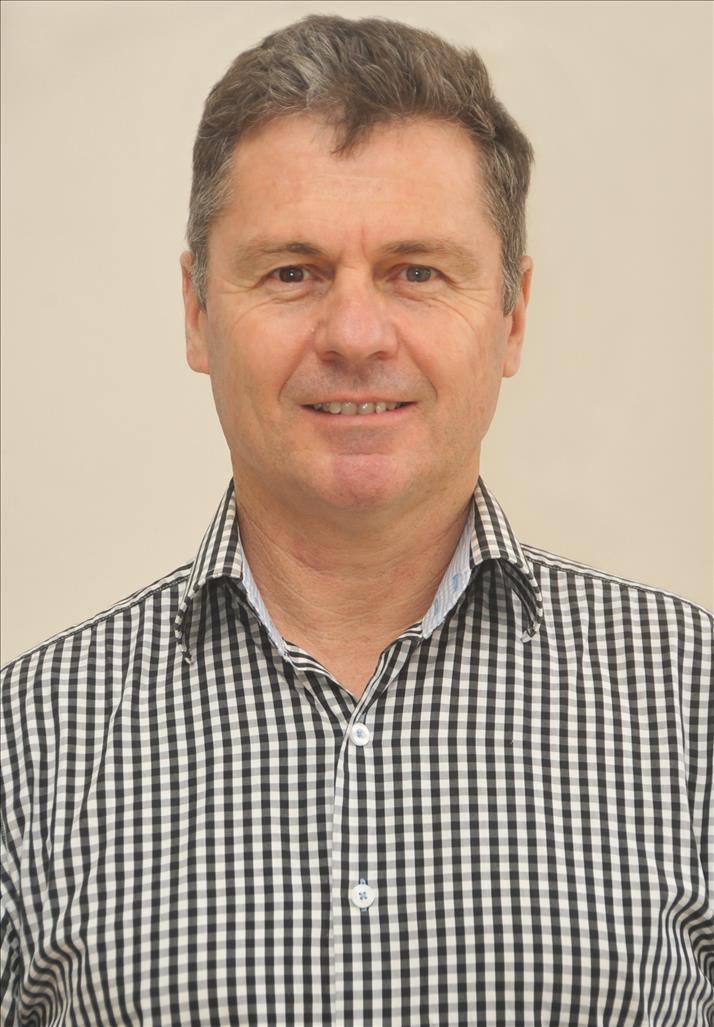 My recent visit to India was memorable. I spent two weeks at hospitals run by the global charity. I also visited a family in a leprosy colony just outside Delhi and the remote village home of a teenager rebuilding her life after surgery.
My recent visit to India was memorable. I spent two weeks at hospitals run by the global charity. I also visited a family in a leprosy colony just outside Delhi and the remote village home of a teenager rebuilding her life after surgery.
I was impressed by the quality of care given and reassured to see the positive impact on individuals and their communities.
India has five million people (a majority in the world) with leprosy and accounts for about 60% of 135,000 new cases of the bacterial disease diagnosed each year globally.
From the conversations that I have had, it appears that the stigma associated with leprosy is not as bad as it was in the past. There is growing public awareness that the disease is easily cured through a course of medicines but discrimination continues and adds to the challenges faced by people affected by leprosy.
Affected teenager
I recall meeting a 19-year-old student called Nehu in the Leprosy Mission’s Naini Hospital in rural Uttar Pradesh.
She had the symptoms of leprosy from 2006 but the diagnosis was not made until 2010.
Her family was supportive and she started the year-long course of drugs immediately. Unfortunately, nerves near her eyes, hands and feet had been damaged and the fashion-conscious, entrepreneurial student had to shut the beauty therapy shop she ran part-time in order to receive surgery at Naini.
Nehu has been at the hospital since October last year. It is 430 kms from her home. Her mother comes to see her every fortnight but her friends have not visited her because of the stigma of leprosy.
Inspiring example
This young woman, dressed in her bright clothes, was an inspiring example of the bravery and determination I saw numerous times. She told me that the head surgeon had assured her that the operations on her face and hand would go very well. When this occurred, she had faith that the remaining surgery would also go well.
Her goal is to return home and begin tertiary study in Hindi, English, Geography and Economics.
When I asked her what advice she would give other young people needing surgery for leprosy injuries, she replied, “You can be healed and live a normal life. Keep up your spirits. Be strong and believe in yourself.”
On the outskirts of Delhi, I toured the busy leprosy hospital at Shahdara and met Dr Ranjeev Nathan, a senior medic.
Aged 45, Dr Nathan helps deal with the 10-15 people who are diagnosed with leprosy at the community hospital each day.
Free service
The staff of the Hospital care for about 25 patients each day needing treatment due to the disease and a further 200 people requiring help for problems ranging from skin infections to hypertension and coughs and colds.
The service is free to those newly diagnosed with leprosy, but other patients pay a small charge. Improved awareness of leprosy amongst the public and ongoing work by organisations like the Leprosy Mission has led to increasing numbers of people being diagnosed.
Dr Nathan said that he expects a tipping point will be reached before too long which will see numbers of new cases fall. He longs to see the day when transmission of the disease stops altogether.
“When I’m 60, maybe yes this will happen,” Dr Nathan said with a smile.
“If we can do it in 15 years it would be one of the best days of my life. We are in a hurry to see that day. We are working hard for it.”
If you are interested in becoming a ‘Cure One Supporter,’ visit our website (www.cureone.org.nz) to find out how you can completely cure, care for and restore someone affected by leprosy. You can also call us on 0800-862873.
Phil Johnstone is a Member on the Board of Leprosy Mission New Zealand based in Auckland. He wrote the above article following a visit to India recently.






